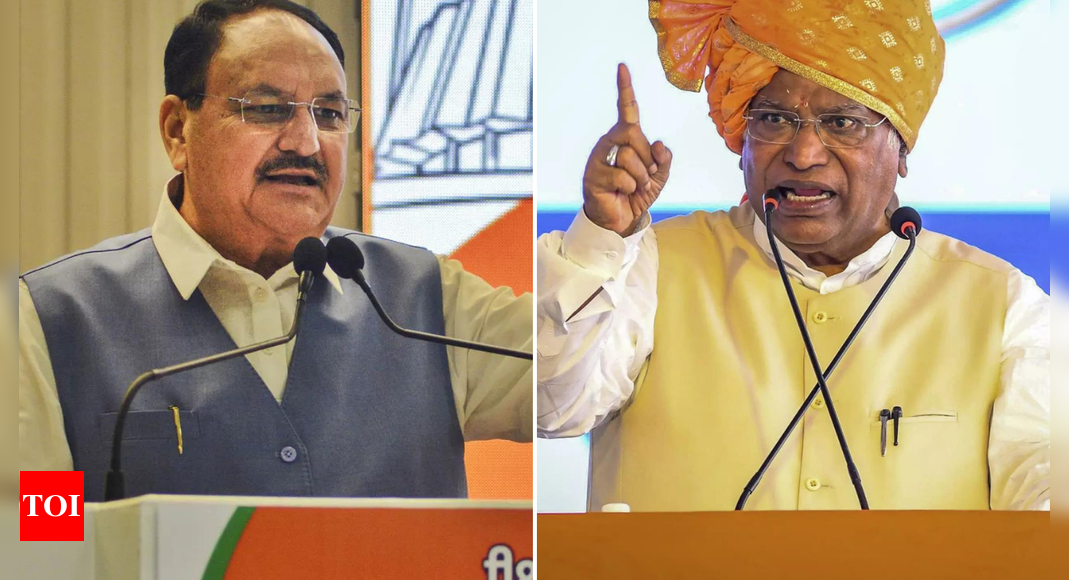
ITR Filing FY 2023-24 new versus old tax regime: The Indian government introduced the new tax regime in the Union Budget 2020 as a simplified alternative to the existing tax structure for individual and Hindu Undivided Family (HUF) taxpayers. The new tax regime offers lower tax rates compared to the old regime albeit with a condition that taxpayers must forgo certain exemptions, deductions and claim of losses.This system presents a trade-off between lower tax rates and the ability to claim various exemptions/ deductions/ losses.
As the deadline for filing tax returns for FY 2023-24 approaches, it is essential to understand the nuances of the new tax regime to make an informed decision. This article aims to shed light on some of the key elements of the new tax regime.
Key Features of new tax regime under Income Tax Act, 1961 (‘the Act’) – FY 2023-24
- In the Union Budget of 2023, the new tax regime has been made as a default regime. So, the taxpayers will have to expressly opt out of the new tax regime in the tax return form, if they wish to opt for the old regime.
- The option to choose either of the tax regime shall be required to be exercised at the time of filing tax return by the individual.
- One of the key features and major differences between the old and new tax regime is elimination of most exemptions and deductions under the new tax regime. This includes popular deductions such as Section 80C [up to Rs 1.5 lakhs for investments in instruments like EPF, PPF, ELSS, Life insurance premiums, National Pension System (NPS) etc.], Section 80D (health insurance premiums paid or senior citizen specified medical expenditure), Section 80CCD (1B) for incremental investments in the NPS, House Rent Allowance (HRA) for rent paid, Leave Travel Allowance (LTA), deduction of interest on loan for self-occupied property etc. Loss under the head income from house property for rented house shall not be allowed to be set off under any other head and would also not be allowed to be carried forward.
- Certain deductions continue to be available under the new tax regime – like standard deduction of Rs 50,000, deduction for employer contribution to NPS under Section 80CCD(2) of the Act.
- No tax payout for resident individual taxpayers with income up to Rs 7 lakhs on account of rebate under Section 87A of the Act.
- Tax rates: New Tax Regime
- Abolition of Highest surcharge rate of 37% for income > Rs 5 Cr (as applicable in the old regime). Surcharge of 25% to be levied on all income > Rs 2 Cr, has resulted in reduction of highest effective tax rate to 39% from 42.744%.
Also Read | Income Tax Return Filing FY 2023-24: Top myths busted – what you should keep in mind when filing ITR
Individuals having no business income have an option to change the tax regime to the old tax regime at the time of filing tax return on a year-on-year basis. However, individuals with business incomes can choose to change to the old tax regime and switch back to the default new tax regime only once in their lifetime. In such a case, a new form 10-IEA is required to be filed for opting out of the new tax regime. Further, to re-enter in default new tax regime, said form is also required to be filed. Form 10-IEA must be filed before the due date of filing the ITR for the relevant assessment year. If you do not file Form 10-IEA, you will automatically be considered under the default new tax regime.
Comparative Analysis between New Tax Regime and Old Tax Regime during FY 2023-24
An illustrative comparison is tabulated below:
Illustration for comparison of old and new tax regime for FY 2023-24
Example 1:
Mr. A has gross salary income of Rs 15 lakhs and has made tax deductible investments u/s 80C of Rs 1.5 lakhs. Which tax regime will be more beneficial?
Hence, despite the higher taxable income, the lower tax rate in the new tax regime results in a lower tax liability as the deductions under the old regime are low.
Example 2:
Mr. B has gross salary income of Rs 15 lakhs and has made tax deductible investments u/s 80C (other than NPS) of Rs 1.5 lakhs along with HRA exemption Rs 2,00,000 and medical insurance premium for self of Rs 25,000. Which tax regime will be more beneficial?
As you can observe here, since Mr. B has more qualifying deductions under the old regime, despite the lower tax rates in the new tax regime, the tax liability as per the old regime is still lower.
To conclude, the choice between the old and new tax regime depends on the individual taxpayer’s income structure as well as overall financial planning and goals. As the deadline for filing tax returns approaches, ensure you have all the necessary information to choose the best option for your specific situation.
(The author is National Leader, Global Mobility Services – Tax, KPMG in India)








